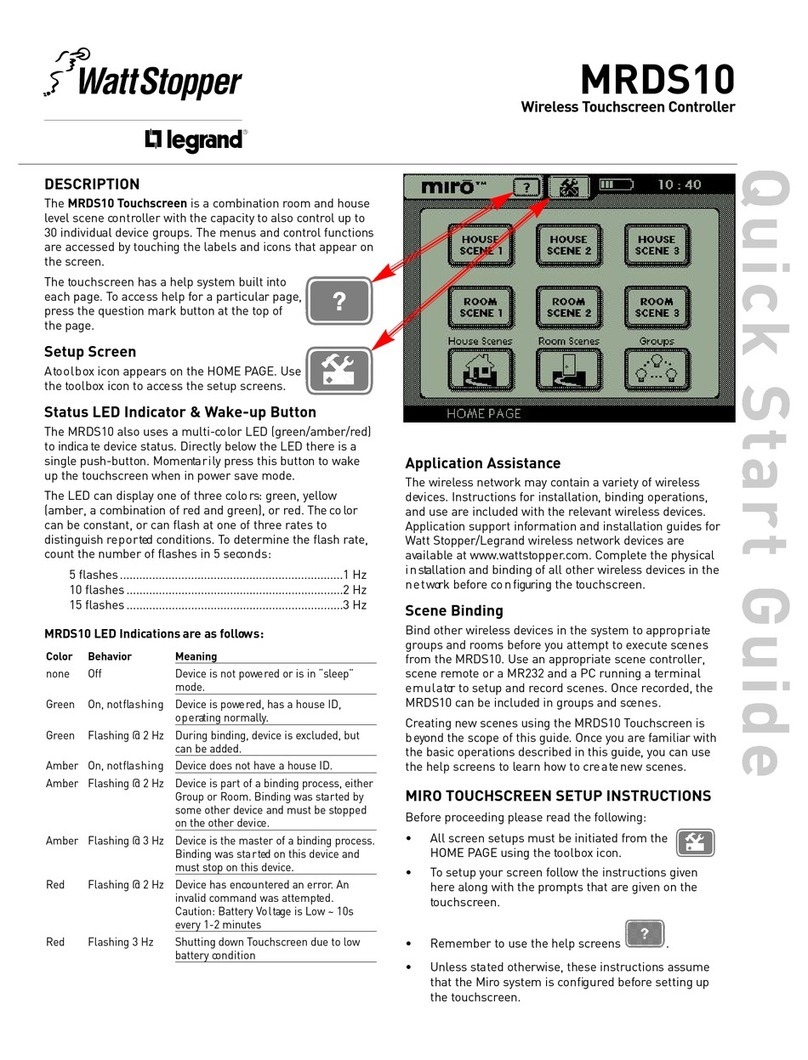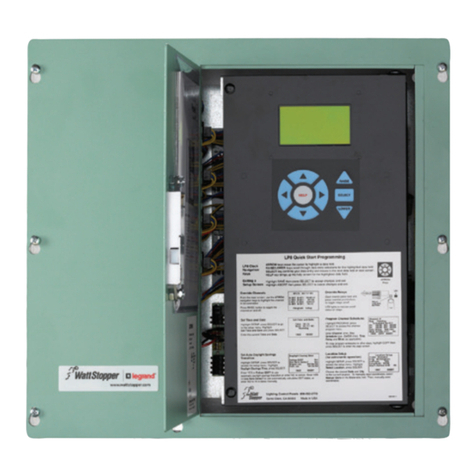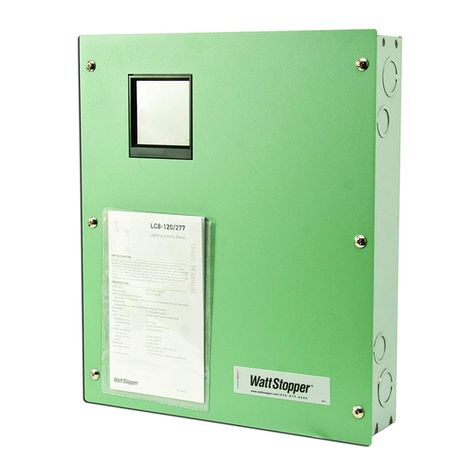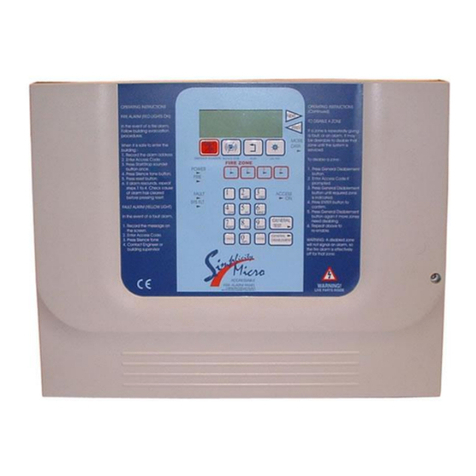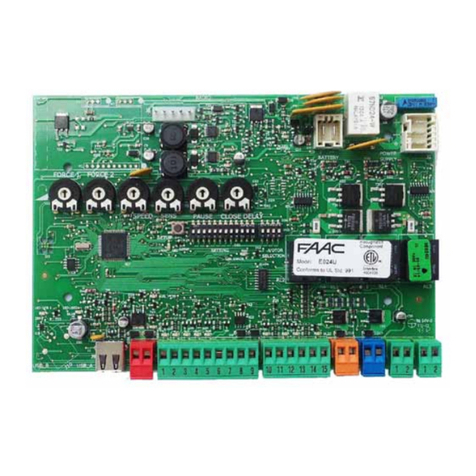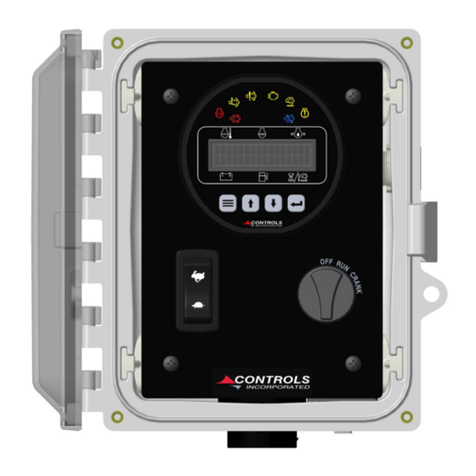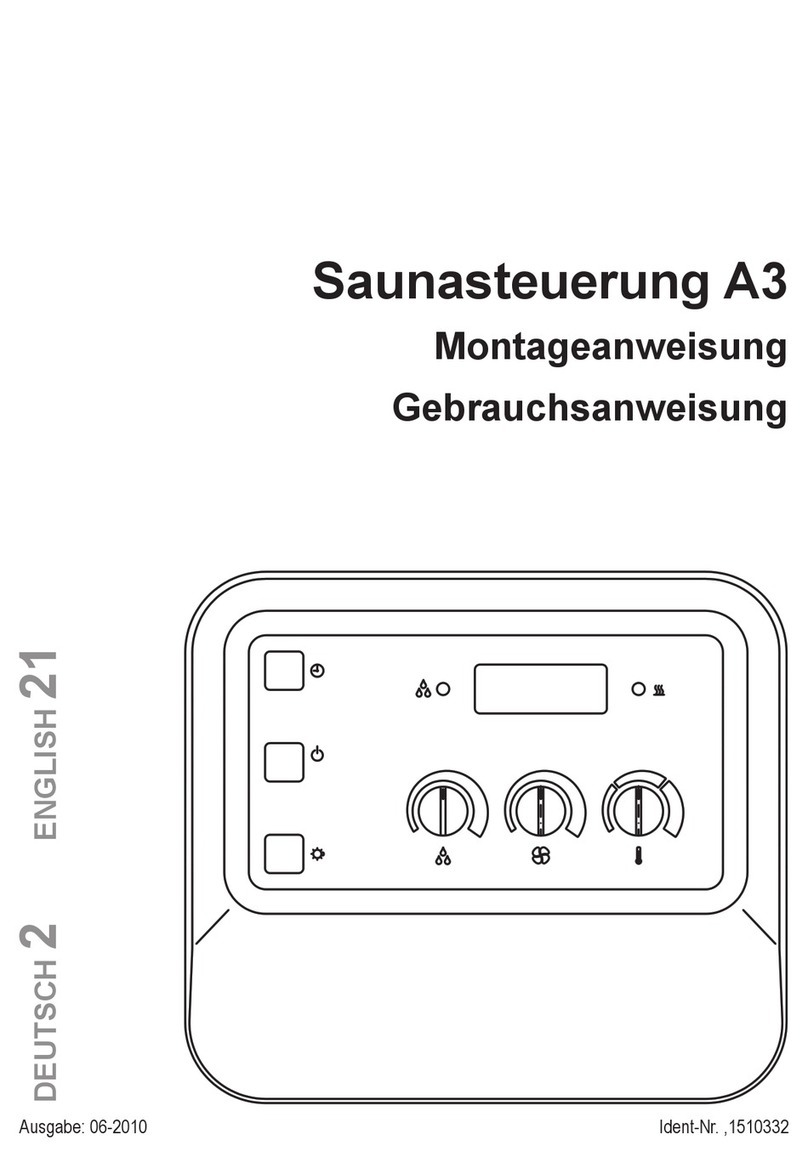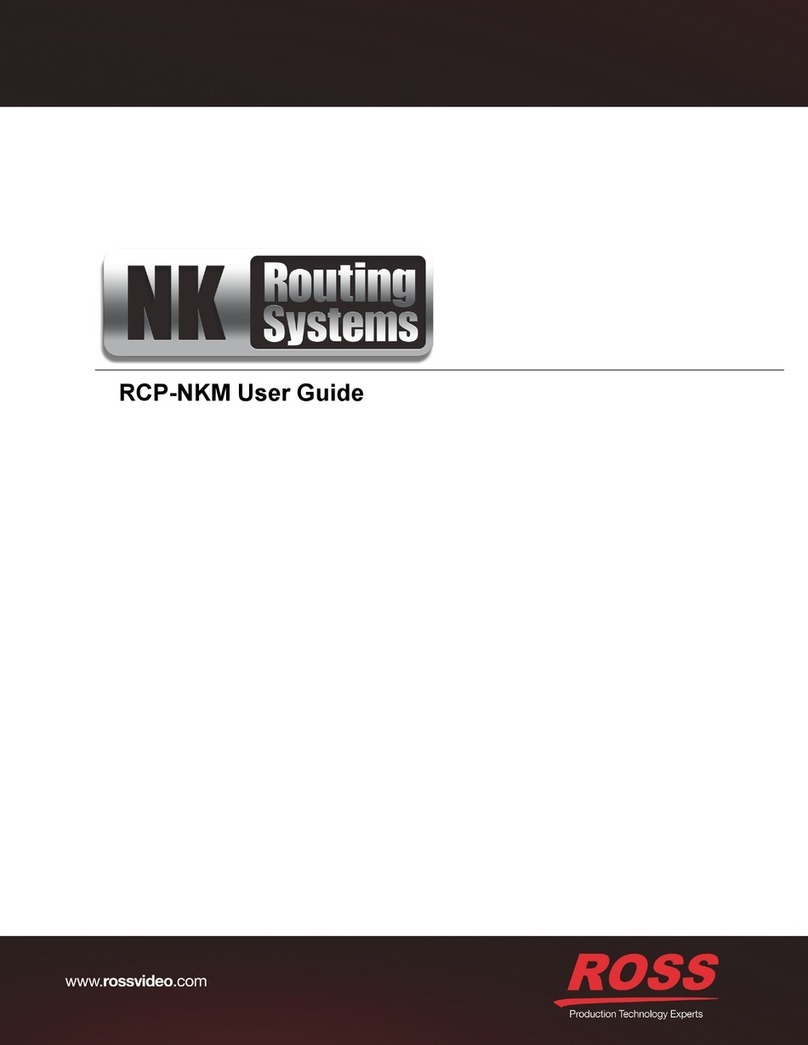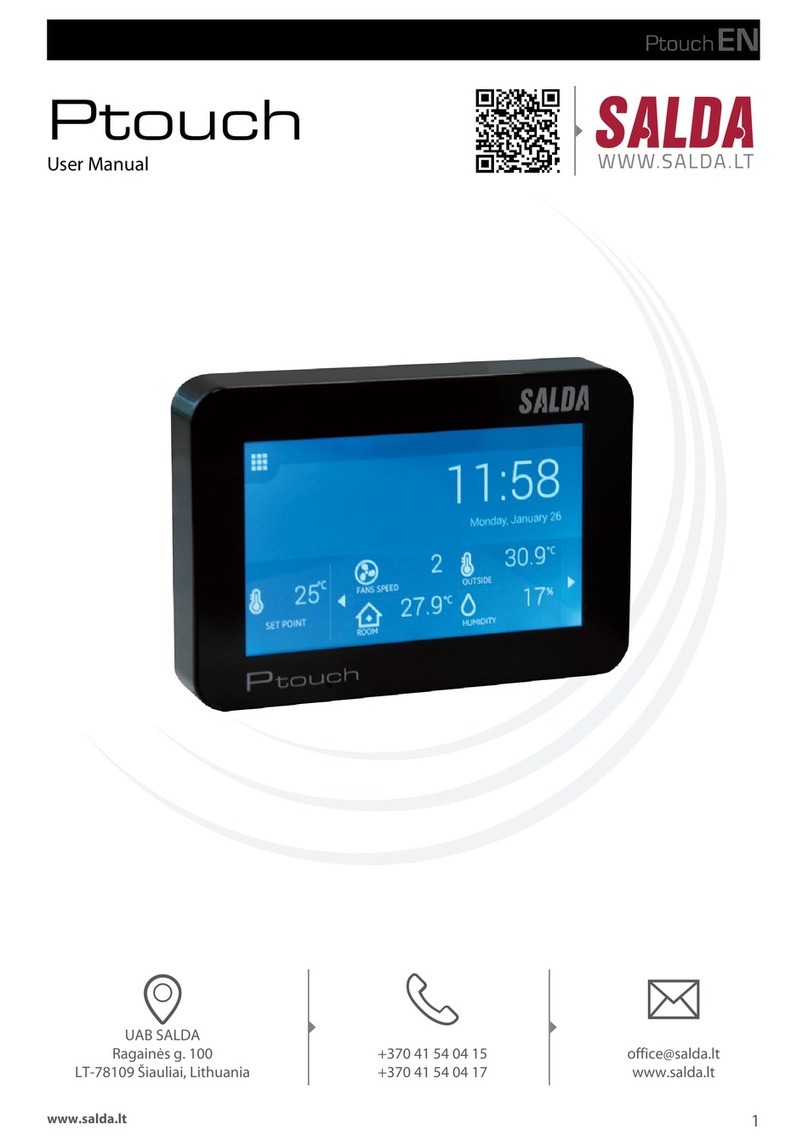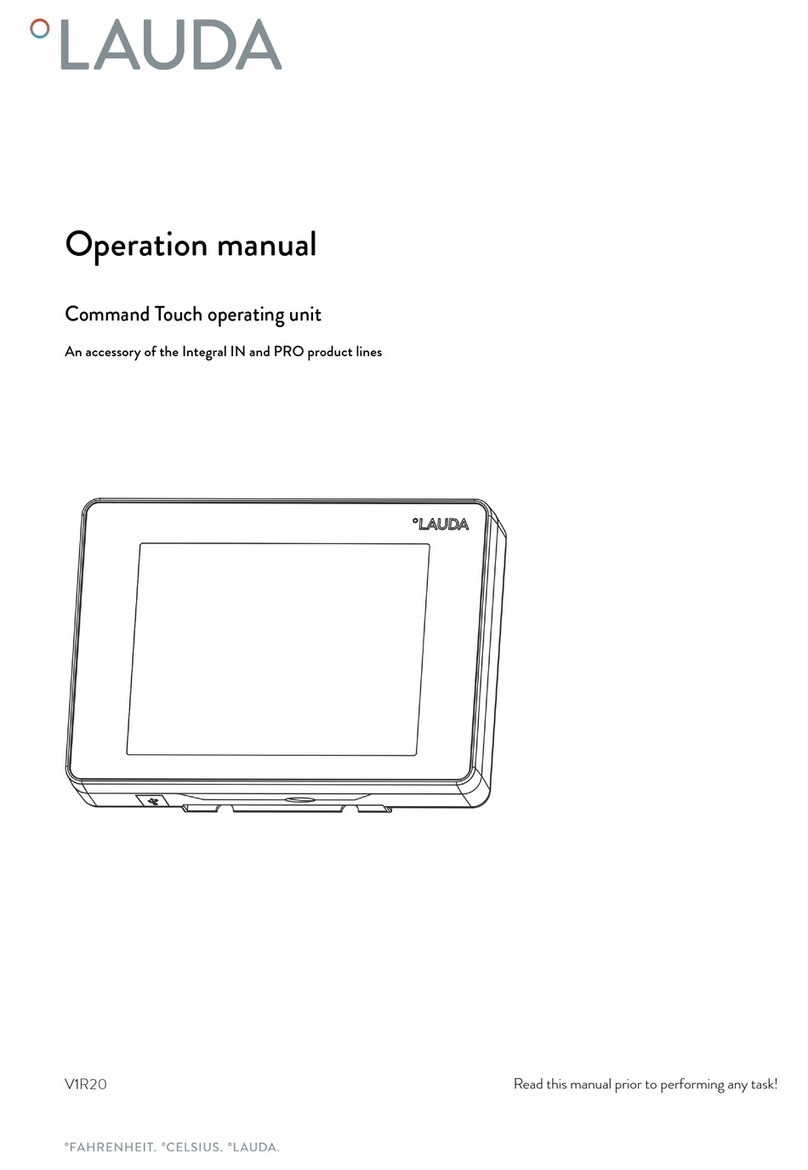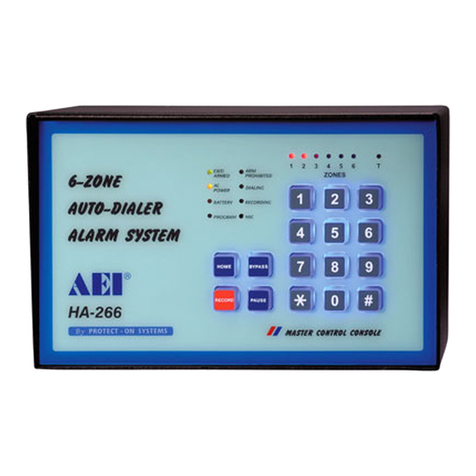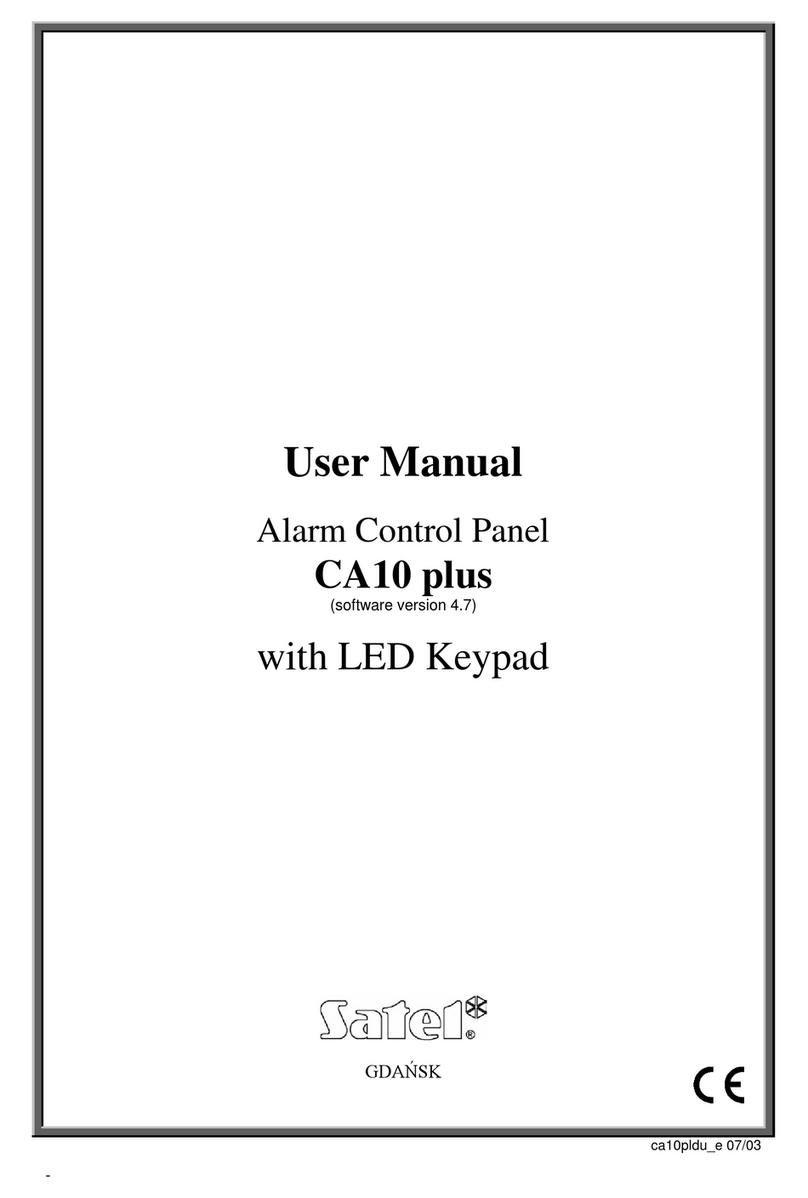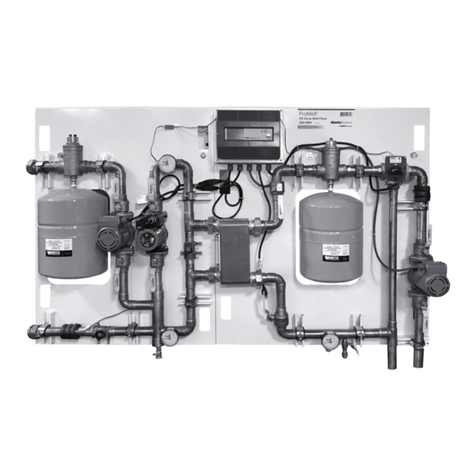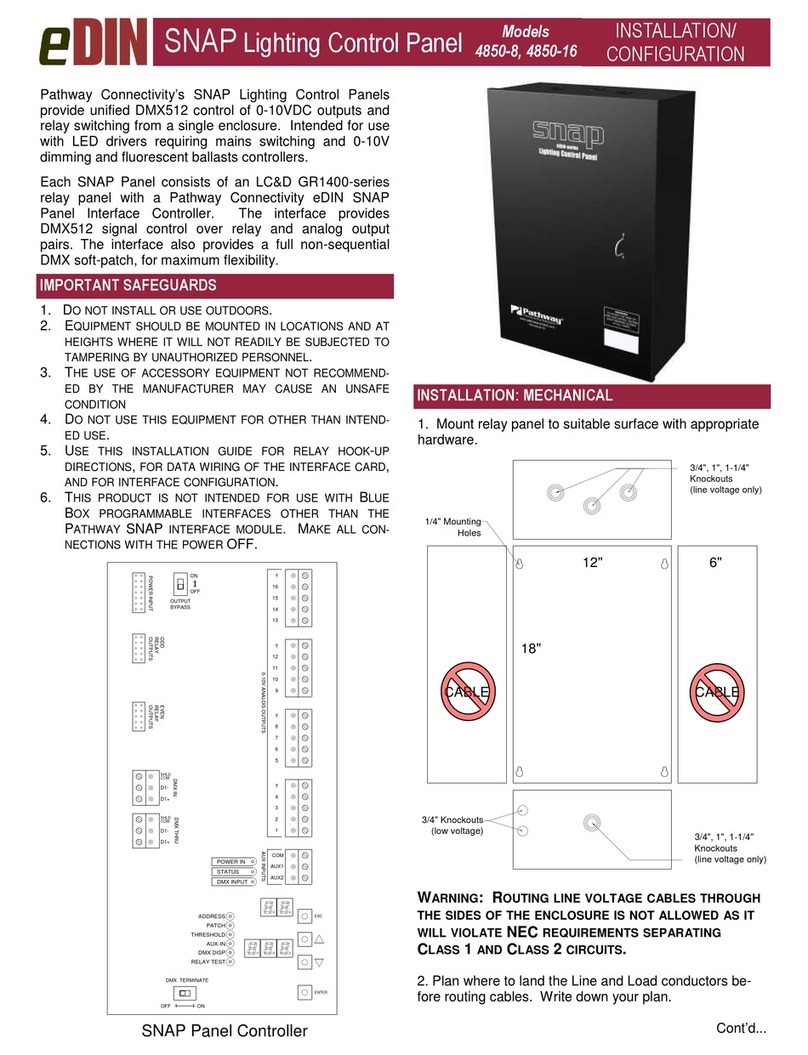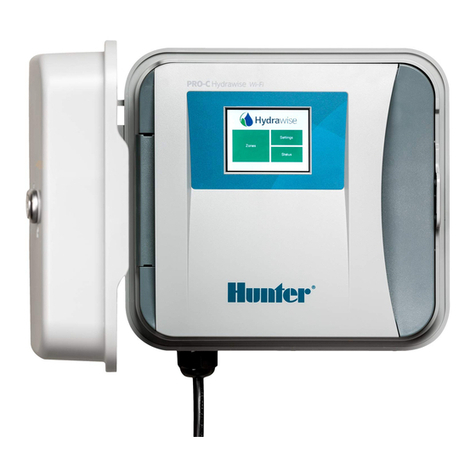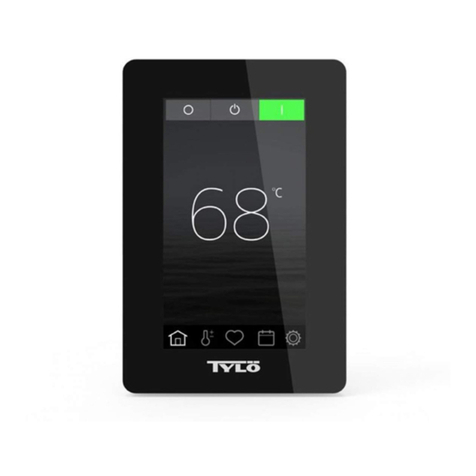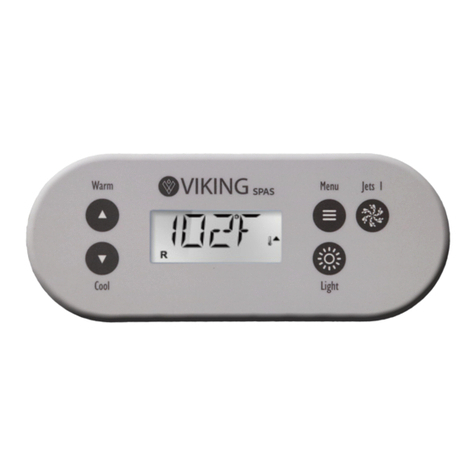wattstopper EORS-101 User manual

Quick Start Guide
MOUNTING AND PLACEMENT
EORS-101
EORS-101/102
EOHR-101/102
WattStopper®Wireless Lighting Control System
EORS Series Wireless Remote Switch
EOHR Series Handheld Remote
Input Voltage:............ Self-powered when the switch is pressed
Connection to Wireless Network:..................................................
Sends signals to Wall Switches via Radio Frequency
Environment ................................................. For Indoor Use Only
Operating Temperature ....................32° to 131°F (0° to 55°C)
Storage Temperature...................... 23° to 176°F (-5° to 80°C)
Relative Humidity...........................5 to 95% (non condensing)
Patent Pending
EORS-102
The EORS and EOHR are low profile wireless self-powered remote switches that can be placed anywhere within range of the system,
up to 150ft in an open space.
PAIRING OF REMOTE SWITCH TO
WALL SWITCH RECEIVER LOADS
Pairing of the remote switch or handheld remote is simply done
by entering pairing mode at the wall switch receiver (EOSW-1x1
or EOSW-1x2) and pressing the Pairing
button “P” on each device for 3 seconds.
Step 1: Enter Pairing Mode
Press and Hold “Pairing” Button “P” on
Receiver for 3 Seconds then release:
• Pairing LED on the EOSW switch
begins to blink rapidly (2x/second).
This confirms that the Receiver is
now in pairing mode
For EOSW-101/ EOSW-111
• Load 1 turns ON and is ready
to be paired
• Load status button LED is Solid ON
For EOSW-102/ EOSW-112
• Load 1 & 2 turn ON and are
ready to be paired
• Load status button 1 & 2 LED are
Solid ON
Step 2: Selecting a Specific Load to Pair (EOSW-102)
*By default, both loads turn On at the same time in Pairing Mode. If both
loads are to be controlled by the Remote
Switch than skip this step.
Tap the “Pairing” Button “P” once
while in pairing mode:
• Load 2 turns OFF and Load 1
remains ON
• Load 1 is now active and ready to be
paired to selected transmitters
• Load 1 LED is Solid ON
Tap the “Pairing” Button “P” once
again while in pairing mode:
• Load 1 turns OFF and Load 2
turns ON
• Load 2 is now active and ready to
be paired to selected transmitters
• Load 2 LED is Solid ON
Tap the “Pairing” Button “P” a third
time while in pairing mode:
• Load 1 and Load 2 turn ON again, indicating both loads are
ready to be paired.
“Load Status”
Blue LED
Pairing
Button
EOSW-101
EOSW-102
“Load Status”
Blue LED
Pairing
Button
EOHR-101 EOHR-102
POWERUP AND OPERATION
The EORS-10x Wireless Remote Switch and EORS-10x Handheld
Remote are self-powered by harvesting the kinetic impulse of the
physical push of the button.
Once a device is paired with the remote, the EORS and EOHR use
radio frequencies to transmit signals to the wireless system. To
turn load(s) ON/OFF, press the paddle button on the EORS-10x or
EOHR-10x.
EOSW-102
“Load 1 Status”
Blue LED ON
Pairing
Button
EOSW-102
“Load 1 Status”
Blue LED OFF
Pairing
Button
“Load 2 Status”
Blue LED On
EOHR-101
On/Off
button
EOHR-102
EORS-102
EORS-101
Press on the top left
or top right button to
turn load On
Press on the bottom left
or bottom right button to
turn load Off
Press on the top left
or top right button to
turn load On
Press on the bottom left
or bottom right button to
turn load Off
On/Off
button
On/Off
button(s)
On/Off
button(s)
Press on top of button
to turn load On and
press on bottom of
button to turn load Off
Press on top of button
to turn load On and
press on bottom of
button to turn load Off
Double-backed
foam tape
Wall Mount
EOHR-102
Use the double-backed
foam tape on the back
of EOHR mounting bracket
to mount to a glass wall
Mounting
Bracket
Slide EOHR onto
mounting bracket
to secure
Use two screws to mount
the EOHR-10x to a hard wall
using the mounting bracket
EORS-101
Junction box
Wall plate
EORS Remote Switch
Secure the EORS Remote Switch to the wall plate and junction
box using two machine screws (included). Please, do not force or
overtorque unit with torque screw driver. To do so may damage the
unit. < 8 in-lb of torque is adequate to secure unit.
Align the sensor in the J-Box so that the
mounting screw tabs on the J-Box match
the key holes on the sensor’s rear housing.
EOHR Handheld Remote
The EOHR can be used as a handheld remote or mounted to
a glass wall using the double-back foam tape on the back of
mounting bracket as shown. It can also be mounted to a hard
wall using two screws and the mounting bracket provided.
Mounting to Hard Wall
1. Drill holes in wall using
the two holes on the
mounting bracket as a
template.
2. Secure the mounting
bracket to the wall using
two machine screws
(included).
3. When finished
slide EOHR onto
mounting bracket.

11/2013
16864r1
Please
Recycle
2800 De La Cruz Blvd.
Santa Clara, CA 95050
Phone: 800.879.8585
www.wattstopper.com
Step 3: Pair Remote Switch (EORS or EOHR) to Receiver
Tap the button on the Remote Switch or Handheld Remote as
follows:
• For EORS-101 or EOHR-101 tap button 3 times
EORS-101 Series EOHR-101 Series
• For EORS-102 or EOHR-102 tap the desired button 3 times to
pair that button to the load that is ON. Once paired the switch
will exit pairing mode. Repeat steps 1 through 3 to pair the next
button.
EORS-102 Series EOHR-102 Series
Tap 3 times
on each button
to pair the entire
transmitter
Note: If only one button is to be paired to 1 load, only press the
desired button 3 times. The selected load(s) status LED on the
receiver will flash OFF/ON for visual pairing confirmation
You can have a load bound to one button, both buttons or no
buttons.
Step 4: Exit “Pairing” Mode on Receiver
Once a device is paired with the receiver the receiver will
automatically exit “pairing” mode.
• To manually exit pairing mode, press and hold the “Pairing”
button “P” on the receiver until the blue LED turns off,
approximately 3 seconds.
• The device will also exit pairing mode if no device is paired to it
within 30 seconds.
UNPAIRING REMOTE BUTTONS FROM A RECEIVER
SWITCH
If using single button remote
EORS-101 or EOHR-101
Press and hold the Paring Mode button
“P” for approximately three seconds
then release. The Green LED will
start flashing confirming you are in
Pairing mode. The load will turn ON if
previously OFF.
• Tap the remote button 3 times to unpair the remote from the
reciever switch.
•The load will temporarily turn OFF and ON confirming the
message was received.
• The green Pairing LED on the switch will stop flashing and exit
pairing mode.
•The remote button should no longer control the load.
•Repeat steps above to unpair additional remotes.
If using a two button remote EORS-102 or EOHR-102
* It is recommended that you first confirm how the buttons are
paired to the receiver switch. Using the remote, press each
button to turn the loads ON and OFF in order to see which button
is paired to each load. *
Press and hold the Paring Mode Button “P” for approximately
three seconds then release. The Green pairing “P” LED will start
flashing confirming you are in Pairing mode. The loads will turn
ON if previously OFF.
Using the “Pairing” Button “P” on the Receiver, select the
load(s) to unpair
• Pressing the Pairing button “P” once will
turn Load 2 OFF and Load 1 will remain
ON.
• Pressing the Pairing button “P” again will
turn Load 1 OFF and Load 2 will turn ON.
• Pressing the Pairing button “P” again will
turn both loads ON.
• Use this method to select which load or
loads to unpair.
To unpair the selected load(s)
• Tap the remote button 3 times
to unpair the remote button
from the switch.
• The load(s) will temporarily
turn OFF and ON confirming
the message was received.
• The green LED on the switch
will stop flashing and exit pairing mode.
• The remote button should no longer control the load(s).
• Repeat steps above to unpair another button.
TO “UNPAIR” ALL CONNECTED DEVICES
Press and hold the Wall Switch Pairing button “P” for about 10
seconds, until all LEDs on the units start flashing all together.
TROUBLESHOOTING
Does the system work more reliably at close range (without
obstructions)?
In an indoor environment, the wireless controls have a typical
range of 30-150 feet. If there are obstructions and/or noise
interference the range will be less than the typical range.
Consider Factors Affecting the Environment:
The range can be reduced by metal objects (metal decreases the
effectiveness of RF transmission). Switches also go into a reduced
range mode when in programming (under 15 feet)
• Identify nearby metal, concrete and other objects possibly
affecting signal strength
• If possible, try relocating the device (even slightly) away from
obstructions to improve the system performance.
Consider Factors Affecting the Environment:
• Device placement
• Obstructions (metal, concrete, other construction materials)
• Interference
Does the system work better at certain times of the day?
• Look for pieces of equipment that may affect wireless
performance when they are ON
• Noise interference can be either line noise (from motors) or
Radio Frequency (RF)
Product performance:
• To isolate any variation in product performance replace one
piece of hardware at a time
Load does not turn ON or OFF:
• If load does not shut off automatically, enter configuration mode
to check settings for the load (if in manual mode switch to auto
mode). If you cannot switch then sensor is not paired to load.
• If load does not turn on/off from remote switch, check pairing of
the switch to the load. (See pairing devices.)
“Load Status”
Blue LED
Pairing
Button
EOSW-101
EORS-101 Series EOHR-101 Series
EOSW-102
“Load 1 Status”
Blue LED ON
Pairing
Button
EORS-102 Series EOHR-102 Series
This manual suits for next models
3
Other wattstopper Control Panel manuals

